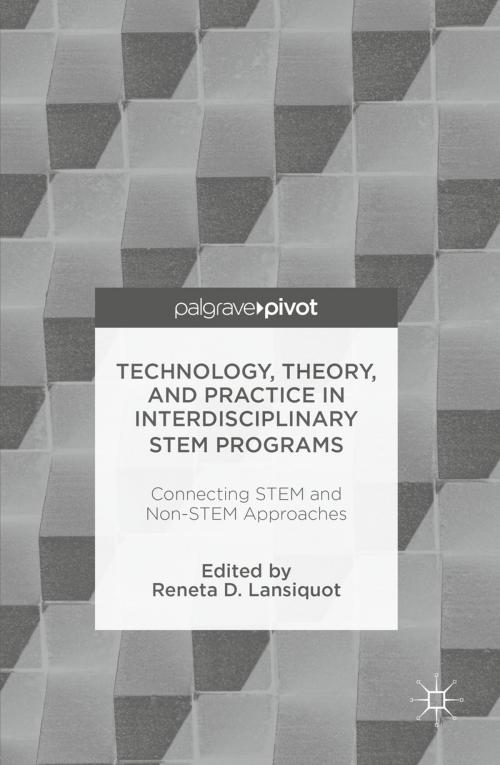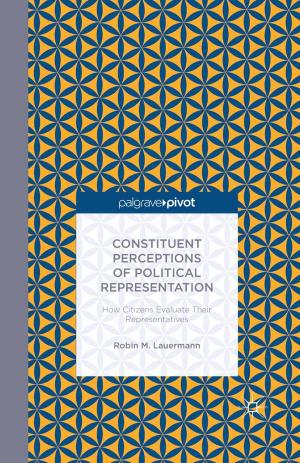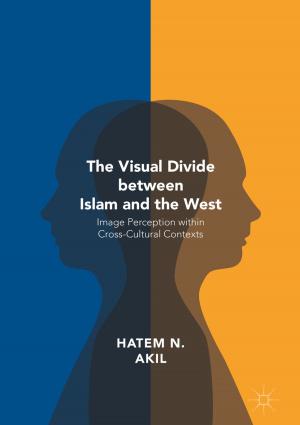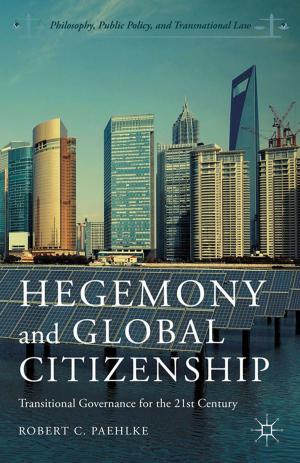Technology, Theory, and Practice in Interdisciplinary STEM Programs
Connecting STEM and Non-STEM Approaches
Nonfiction, Science & Nature, Science, Other Sciences, Study & Teaching, Reference & Language, Education & Teaching, Teaching, Computers & Technology| Author: | ISBN: | 9781137567390 | |
| Publisher: | Palgrave Macmillan US | Publication: | August 26, 2016 |
| Imprint: | Palgrave Macmillan | Language: | English |
| Author: | |
| ISBN: | 9781137567390 |
| Publisher: | Palgrave Macmillan US |
| Publication: | August 26, 2016 |
| Imprint: | Palgrave Macmillan |
| Language: | English |
This book highlights models for promoting interdisciplinary thinking and an appreciation for interdisciplinary understanding among students in STEM-related fields. Students majoring in science, technology, engineering, and mathematics often perceive that courses in their major are not related to the general education liberal arts courses required for their degrees. This separation prevents the transfer of skills between their general education courses and their degree pursuits. The false dichotomy is particularly important because solving the daunting challenges of the twenty-first century—such as drug-resistant bacteria, scarcity of natural resources, and climate change—requires global citizens armed with robust, complex abilities who can integrate interdisciplinary concepts with bold technologies. Contributors to this book explore ways in which this dichotomy can be overcome.
This book highlights models for promoting interdisciplinary thinking and an appreciation for interdisciplinary understanding among students in STEM-related fields. Students majoring in science, technology, engineering, and mathematics often perceive that courses in their major are not related to the general education liberal arts courses required for their degrees. This separation prevents the transfer of skills between their general education courses and their degree pursuits. The false dichotomy is particularly important because solving the daunting challenges of the twenty-first century—such as drug-resistant bacteria, scarcity of natural resources, and climate change—requires global citizens armed with robust, complex abilities who can integrate interdisciplinary concepts with bold technologies. Contributors to this book explore ways in which this dichotomy can be overcome.















